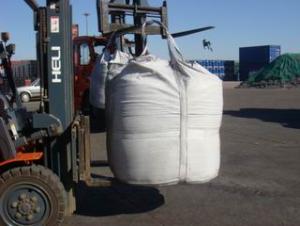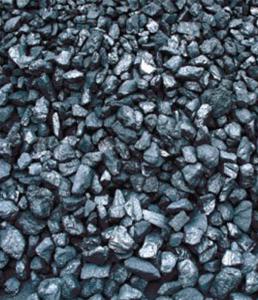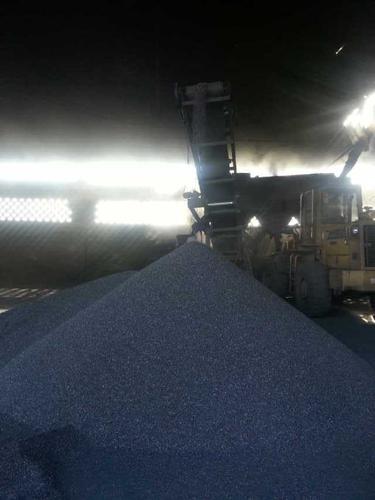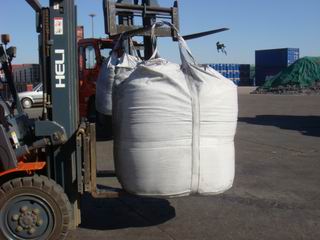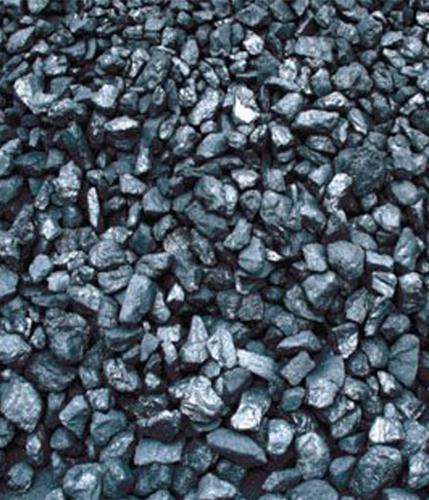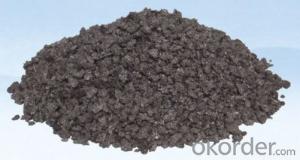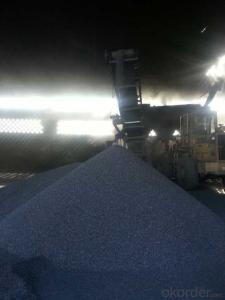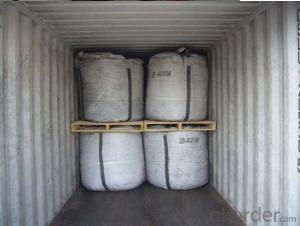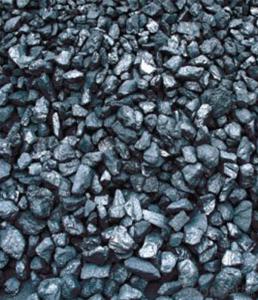Gas Calcined Anthracite FC 90 GCA For Steel Making
- Loading Port:
- China main port
- Payment Terms:
- TT OR LC
- Min Order Qty:
- 0 m.t.
- Supply Capability:
- 20000 m.t./month
OKorder Service Pledge
OKorder Financial Service
You Might Also Like
Specifications
Calcined Anthracite Coal
Fixed carbon: 90%-95%
S: 0.5% max
Size: 0-3. 3-5.3-15 or as request
Usage
Calcined Anthracite coal is produced using the best Anthracite-Taixi Anthracite with low S and P, It is widely used in steel making and casting.
General Specifications
PARAMETER UNIT GUARANTEE VALUE | |||||
F.C.% | 95MIN | 94MIN | 93MIN | 92MIN | 90MIN |
ASH % | 4MAX | 5MAX | 6MAX | 7MAX | 8MAX |
V.M.% | 1 MAX | 1MAX | 1.5MAX | 1.5MAX | 1.5MAX |
SULFUR % | 0.5MAX | 0.5MAX | 0.5MAX | 0.5MAX | 0.5MAX |
MOISTURE % | 0.5MAX | 0.5MAX | 0.5MAX | 0.5MAX | 0.5MAX |
Size can be adjusted based on buyer's request.
Pictures

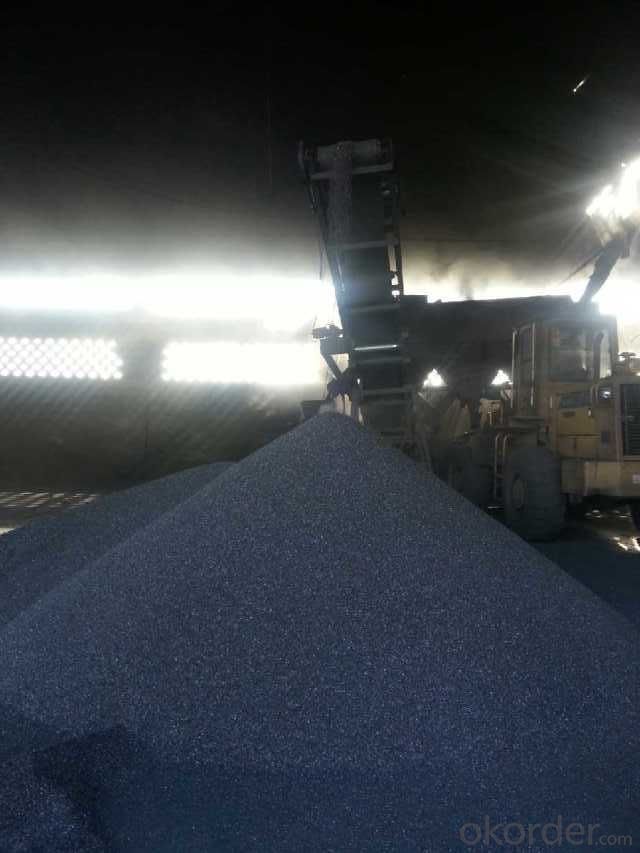

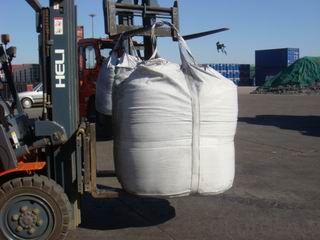
- Q: How many points can Yongan change for 1 carbon coins?
- Every Thursday at 19:00, carbon points change for carbon coins, 19:30 carbon coins exchange gifts
- Q: What is the relationship between carbon and climate change?
- The carbon-climate relationship mainly relies on the role of carbon dioxide (CO2) as a greenhouse gas. CO2 naturally exists in the Earth's atmosphere and is indispensable for maintaining a livable climate by ensnaring heat from the sun and preventing its escape into space. Nevertheless, human activities, particularly the combustion of fossil fuels like coal, oil, and natural gas, have substantially raised the levels of CO2 in the atmosphere. The surplus CO2 functions as an added layer, capturing more heat and resulting in a phenomenon called the greenhouse effect. This surge in greenhouse gases, including CO2, methane, and nitrous oxide, is causing global temperatures to climb and consequently leading to climate change. The elevated temperatures disturb weather patterns, leading to more frequent and intense extreme weather events such as hurricanes, droughts, heatwaves, and heavy rainfall. Moreover, the excessive CO2 in the atmosphere is also being absorbed by the oceans worldwide, resulting in ocean acidification. This process modifies the chemical composition of seawater, which has adverse effects on marine life, coral reefs, and other ecosystems. It is crucial to reduce carbon emissions and transition to renewable energy sources to mitigate climate change. By diminishing the amount of CO2 released into the atmosphere, we can decelerate and potentially reverse the detrimental impacts of climate change. Additionally, efforts to preserve and restore forests, which act as carbon sinks by absorbing CO2, are also essential in addressing the carbon-climate relationship.
- Q: How is carbon used in the production of solar cells?
- Carbon is not directly used in the production of solar cells. Solar cells are typically made of semiconductor materials like silicon or cadmium telluride. However, carbon-based materials can play a crucial role in enhancing the performance and efficiency of solar cells. One way carbon is used is in the form of carbon nanotubes, which can be used as a transparent electrode in solar cells. Carbon nanotubes have excellent electrical conductivity and optical transparency, making them an ideal candidate for replacing traditional transparent conductive materials like indium tin oxide. Additionally, carbon-based materials can be used as a coating or encapsulation layer, providing protection to the solar cells from moisture, corrosion, and mechanical stress. Carbon-based materials also have the potential to be used in the development of next-generation solar cell technologies, such as organic solar cells or perovskite solar cells, which utilize carbon-based compounds in their active layers. Overall, while carbon may not be directly used in the production of solar cells, it plays a crucial role in improving their performance and enabling the development of more advanced solar cell technologies.
- Q: What are the consequences of increased carbon emissions on human health?
- Increased carbon emissions have numerous consequences on human health. Firstly, carbon emissions contribute to the formation of air pollution, specifically fine particulate matter (PM2.5) and ground-level ozone, which can lead to respiratory issues such as asthma, bronchitis, and other respiratory diseases. Additionally, exposure to air pollution from carbon emissions has been linked to an increased risk of cardiovascular diseases, including heart attacks and strokes. Moreover, carbon emissions contribute to climate change, resulting in more frequent and intense heatwaves, extreme weather events, and the spread of infectious diseases. These phenomena can have direct and indirect impacts on human health, leading to heat-related illnesses, injuries, mental health issues, and the displacement of communities. Overall, the consequences of increased carbon emissions on human health are significant and require urgent action to mitigate their effects.
- Q: What is the structure of carbon-based polymers?
- Carbon-based polymers have a repeating chain-like structure, where carbon atoms are bonded together to form the backbone of the polymer. These carbon atoms are typically covalently bonded to other atoms or groups of atoms, such as hydrogen, oxygen, nitrogen, or halogens. The arrangement of these atoms and their connectivity determines the properties of the polymer. In addition to the carbon backbone, carbon-based polymers often contain functional groups, which are specific combinations of atoms that can impart unique chemical properties to the polymer. These functional groups can be attached to the carbon backbone at various points along the chain, introducing chemical diversity and modifying the polymer's behavior. The repeating units in carbon-based polymers, known as monomers, can vary in size and complexity. For example, simple hydrocarbons like ethylene can polymerize to form polyethylene, which consists of a long chain of carbon atoms with hydrogen atoms attached. On the other hand, more complex monomers, such as acrylonitrile or styrene, can be used to create polymers like polyacrylonitrile or polystyrene, respectively. These polymers incorporate additional atoms or functional groups, leading to different properties and applications. Overall, the structure of carbon-based polymers is highly diverse and can be tailored to meet specific requirements, making them versatile materials used in a wide range of industries, including plastics, textiles, and electronics.
- Q: What are the advantages of carbon nanotube transistors?
- Traditional silicon-based transistors are outshined by carbon nanotube transistors for several reasons. Firstly, carbon nanotubes boast exceptional electrical properties with their high electron mobility, enabling swift and effortless electron movement. This results in faster switching speeds and higher operating frequencies, making them a perfect fit for high-performance applications like computers and communication devices. Secondly, carbon nanotubes possess an incredibly small size, measuring a mere few nanometers in diameter. This miniature scale allows for the creation of highly compact and densely packed electronic circuits, leading to elevated integration levels and enhanced device functionality. In comparison, silicon transistors pale in comparison as they have feature sizes several orders of magnitude larger. Moreover, carbon nanotubes exhibit superior heat resistance and thermal conductivity compared to silicon. This exceptional trait enables them to withstand higher temperatures without degradation, resulting in more efficient operation and a reduced need for elaborate cooling systems. Additionally, their ability to endure harsh environments makes them highly suitable for aerospace, automotive, and defense applications. Furthermore, carbon nanotubes are remarkably robust and flexible. They can be bent and stretched without breaking, making them ideal for use in flexible electronics and wearable devices. Their mechanical strength ensures long-term stability and reliability, ultimately leading to improved device performance and longevity. Lastly, carbon nanotube transistors can be fabricated using existing manufacturing processes, making them compatible with current semiconductor technologies. This compatibility allows for their seamless integration into existing electronic systems without the need for significant modifications, thereby reducing both cost and implementation time. All in all, the myriad advantages of carbon nanotube transistors, including their exceptional electrical performance, small size, thermal stability, mechanical strength, and compatibility with existing manufacturing processes, position them as a promising alternative to traditional silicon transistors for future electronic applications.
- Q: How much is a ton of carbon fiber? How much difference is made between domestic and imported?
- Industrial grade carbon fiber, ranging in price from 160 thousand to 290 thousand.
- Q: Who is the high carbon content of stainless steel and ordinary steel?
- This is not necessarily stainless steel is carbon steel, based on the addition of zinc, nickel and chromium and other elements
- Q: How is carbon used in the production of nanoelectronics?
- Carbon is used in the production of nanoelectronics in a variety of ways. One of the most prominent uses is in the fabrication of carbon nanotubes (CNTs), which are cylindrical structures made entirely of carbon atoms. These nanotubes have unique electrical and mechanical properties that make them ideal for use in nanoelectronic devices. CNTs can be utilized as transistors, which are the fundamental building blocks of electronic circuits. Due to their small size and excellent electrical conductivity, CNT transistors can be used to create high-performance, low-power devices. They have the potential to replace traditional silicon transistors and enable the development of more advanced and compact electronic devices. Carbon is also used in the production of graphene, which is a single layer of carbon atoms arranged in a two-dimensional honeycomb lattice. Graphene exhibits exceptional electrical conductivity, thermal conductivity, and mechanical strength. It can be used as a conductive material in nanoelectronics, enabling the development of faster and more efficient electronic devices. Furthermore, carbon-based materials can be utilized in nanoelectronics for energy storage purposes. For instance, carbon nanotubes and graphene can be used in supercapacitors, which are energy storage devices capable of storing and delivering large amounts of electrical energy quickly. These carbon-based energy storage systems have the potential to revolutionize the field of portable electronics and electric vehicles. In summary, carbon is extensively used in the production of nanoelectronics. Its unique properties, such as high electrical conductivity, mechanical strength, and thermal conductivity, make it an ideal material for the development of high-performance electronic devices. Carbon nanotubes, graphene, and other carbon-based materials are key components in the fabrication of nanoelectronic devices, enabling advancements in computing power, energy storage, and miniaturization of electronic components.
- Q: How does carbon impact the migration patterns of animals?
- Carbon emissions and climate change have significant impacts on the migration patterns of animals. The increased release of carbon dioxide in the atmosphere leads to global warming, which alters the timing and availability of critical resources necessary for migration, such as food and water. One of the most noticeable impacts of carbon emissions on animal migration is the alteration of seasonal patterns. As the climate warms, the timing of seasons changes, affecting the availability of food sources that animals rely on during migration. For instance, the earlier arrival of spring can result in a mismatch between the timing of migration and the availability of food, leading to negative consequences for the survival and reproduction of migratory species. Furthermore, climate change caused by carbon emissions affects the habitats and ecosystems that animals depend on during migration. Rising temperatures and changing precipitation patterns can lead to the loss or degradation of crucial habitats, such as wetlands or coastal areas, which serve as stopover points or breeding grounds for migratory animals. This loss of habitat can disrupt migration routes and cause changes in the distribution and abundance of species. In addition, carbon emissions contribute to the acidification of oceans, which has severe consequences for migratory species that rely on marine ecosystems. Acidification affects the availability of food and affects the reproductive success of marine species, leading to changes in migration patterns and population dynamics. Overall, the impact of carbon emissions on animal migration patterns is complex and multifaceted. It disrupts the delicate balance of ecosystems, altering the availability of resources and habitats that animals rely on during migration. Understanding these impacts is crucial for developing effective conservation strategies to mitigate the negative consequences of climate change on migratory species and maintain the integrity of their habitats.
Send your message to us
Gas Calcined Anthracite FC 90 GCA For Steel Making
- Loading Port:
- China main port
- Payment Terms:
- TT OR LC
- Min Order Qty:
- 0 m.t.
- Supply Capability:
- 20000 m.t./month
OKorder Service Pledge
OKorder Financial Service
Similar products
Hot products
Hot Searches

